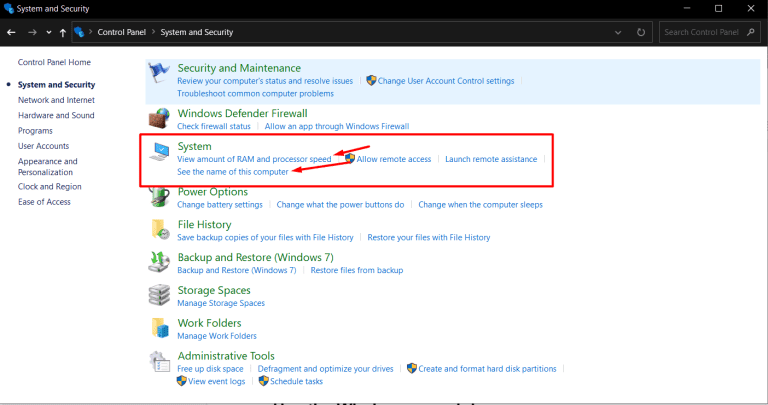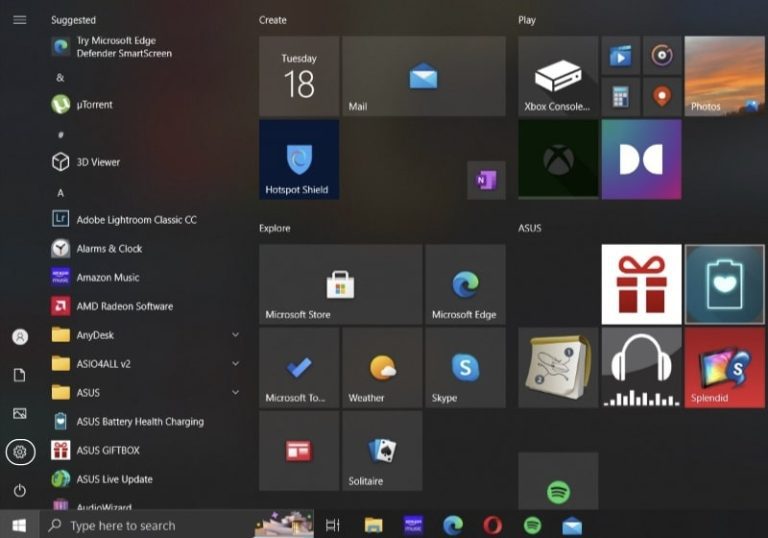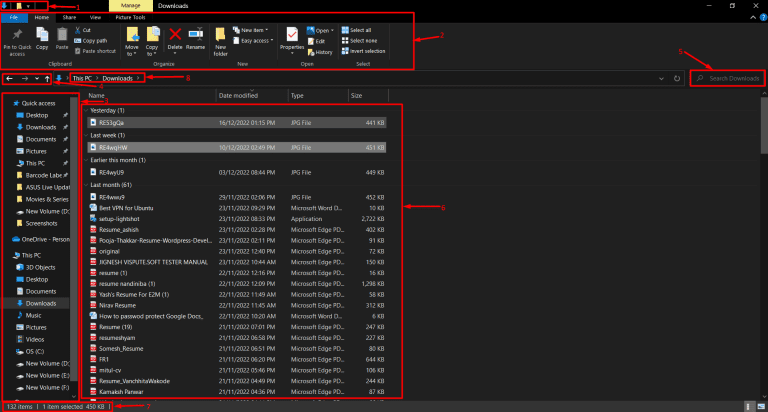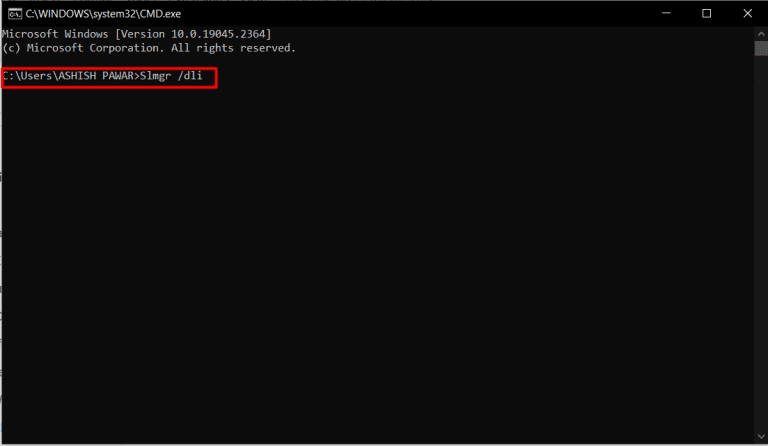What is a Task Manager in Windows (All about it)
We are sure you must have heard or probably seen this particular utility tool called “Task Manager” while working on your Windows laptop or PC. So, what is a task manager in Windows?
Well, let’s try to find out!
What is a task manager in Windows?
A Task Manager is a built-in utility tool in the Microsoft Windows operating system, that provides users with information about the processes and programs running on their computers. Meaning, you can keep tabs on each and every program that is currently active on your Windows PC.
Additionally, it also allows users to manage and terminate these processes, as well as monitor their computer’s performance and resource usage.
How to access the task manager?
After throwing some light on the topic of what is a task manager in Windows, we are sure you must be thinking of giving it a try.
Accessing a task manager is not that hard, because we are giving away five different ways to do that.
- Using the “Ctrl + Alt + Delete” key.
- Using Run Command.
- Right-clicking on the Start button.
- Using the “Windows + X” key.
- Using the “Ctrl + Shift + ESC” key.
Use the Ctrl + Alt + Delete” keys.
The first way to access the task manager is by;
- Pressing the “Ctrl + Alt + Delete” key combination.
- And then selecting the “Task Manager” option.
Using Run Command:
The second way to access the Task Manager in Windows is by using the run command.
All you need to do is;
- Press the keyboard shortcut “Windows + R” to access the Run window.
- Then type “taskmgr” inside the Open box.
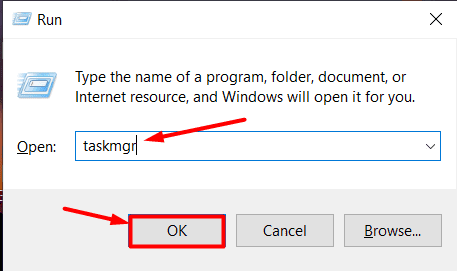

- Lastly, click on “OK.”
Right-clicking on the Start button:
The third way to access the Task Manager is by right-clicking on the Start menu to open up the Power User Menu and then clicking on the “Task Manager” option from the menu.
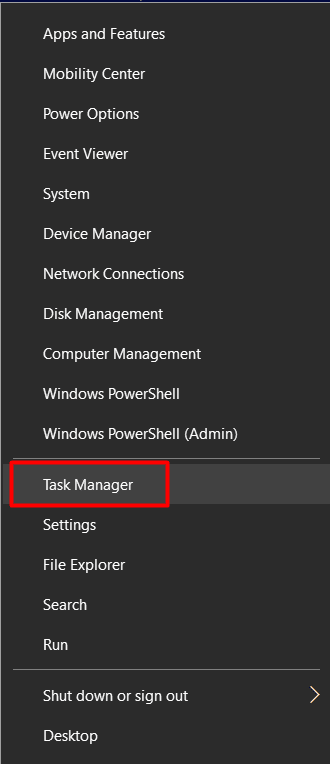

Using the “Windows + X” key:
You can also use the Windows keyboard shortcut “Windows + X” to open the Power User Menu, and then click on the Task Manager from the list of options.


Using the “Ctrl + Shift + ESC” key.
Lastly, if you want to quickly access the Task Manager on your Windows PC, then all you need to do is use the keyboard shortcut, “Ctrl + Shift + ESC.”
What utilities are available inside the Task Manager?
When you open Task Manager, you will see a list of all the processes and programs currently running on your computer, including system processes and services.
The Task Manager window is divided into several tabs, including the “Processes,” “Performance,” “App History,” “Startup,” “Users“, “Details”, and “Services” tabs.
We will go through each tab in brief.
Processes Tab:
The “Processes” tab provides a list of all the processes running on your computer, along with their CPU and memory usage.
You can sort the list by any of these columns by clicking on the column header. You can also right-click on a process and select “End task” to terminate it.
This can be useful if a program is not responding or if you want to free up resources being used by a particular process.
Performance Tab:
The “Performance” tab provides a real-time overview of your computer’s performance, including CPU and memory usage, as well as the information about your hard drives, network, and graphics.
This can be useful for identifying performance bottlenecks or tracking resource usage.
App History Tab:
The “App History” tab shows a list of all the apps that have been used on your computer and how many resources they have used over time.
This can be useful for identifying which apps are using the most resources and for tracking their usage patterns.
Startup Tab:
The “Startup” tab shows a list of all the programs that are set to run when your computer starts up.
You can disable any of these programs from starting up by right-clicking on them and selecting “Disable.”
This can be useful for improving the speed of your computer’s startup process.
Users Tab:
The “Users” tab shows a list of all the users who are currently logged in to your computer, along with the processes they are running.
You can switch to any of these users by selecting their name and clicking the “Switch user” button.
Details Tab:
The “Details” tab provides a more detailed view of the processes running on your computer, including their process ID, description, status, and uptime.
You can sort the list by any of these columns by clicking on the column header.
Services Tab:
The “Services” tab shows a list of all the services running on your computer, along with their status and startup type.
You can start, stop, or restart any of these services by right-clicking on them and selecting the appropriate option.
More features:
Task Manager also includes several other features that can be accessed by clicking on the “More details” button in the bottom-left corner of the window.
This expands the Task Manager window to show additional information and options.
The “Run new task” button inside the File menu allows you to open a new program or process by typing in the name or path of the executable file.
This can be useful for launching programs that are not listed in the Start menu or for running command-line utilities.
Task Manager also includes a “Resource Monitor” option, which provides a more detailed view of your computer’s resource usage, including information about CPU, memory, disk, and network usage.
You can access the Resource Monitor by clicking on the “Performance” tab and then selecting the “Open Resource Monitor” option at the bottom of the window.
To close the Task Manager, click the “X” button in the top-right corner of the window.
Note: You may need to have administrative privileges to end some processes or change the status of some services.
Frequently Asked Questions on Task Manager.
Why can I see duplicate processes listed in the Task Manager?
If you are seeing duplicate processes of some apps, then there is nothing wrong with the Task Manager, because it is programmed to do that.
For instance, when you run Google Chrome or Microsoft Edge with multiple tabs on your Windows PC, then the Windows Task Manager treats each tab as a separate process, thus helping the program to be more stable and secure.
Why am I unable to open the Task Manager?
If you are unable to open the Task Manager on your Windows PC, then possibly there are two major reasons behind it.
Firstly, your PC is probably infected with a virus or malware that is keeping the Task Manager from functioning properly.
So, we suggest you do a deep scan using the latest version of a trusted antivirus software and remove the malware or virus that is on your computer.
Secondly, the Task Manager file itself on your Windows PC is corrupted, which needs to be fixed as soon as possible to use the program again.
So we suggest you run the Windows troubleshooters or restore the Windows version to the previous restore point where the task manager was functioning normally.
Conclusion:
After this discussion, it is safe to say that Windows Task Manager is a very useful in-built task management app or function that can help a user to manage his/her system potentially through thin and thick.
So, next time if you feel like your system is running slow, or some apps keep on popping up automatically right after the start-up, then all you need to do is access the Task Manager and end the task or disable the app respectively.


